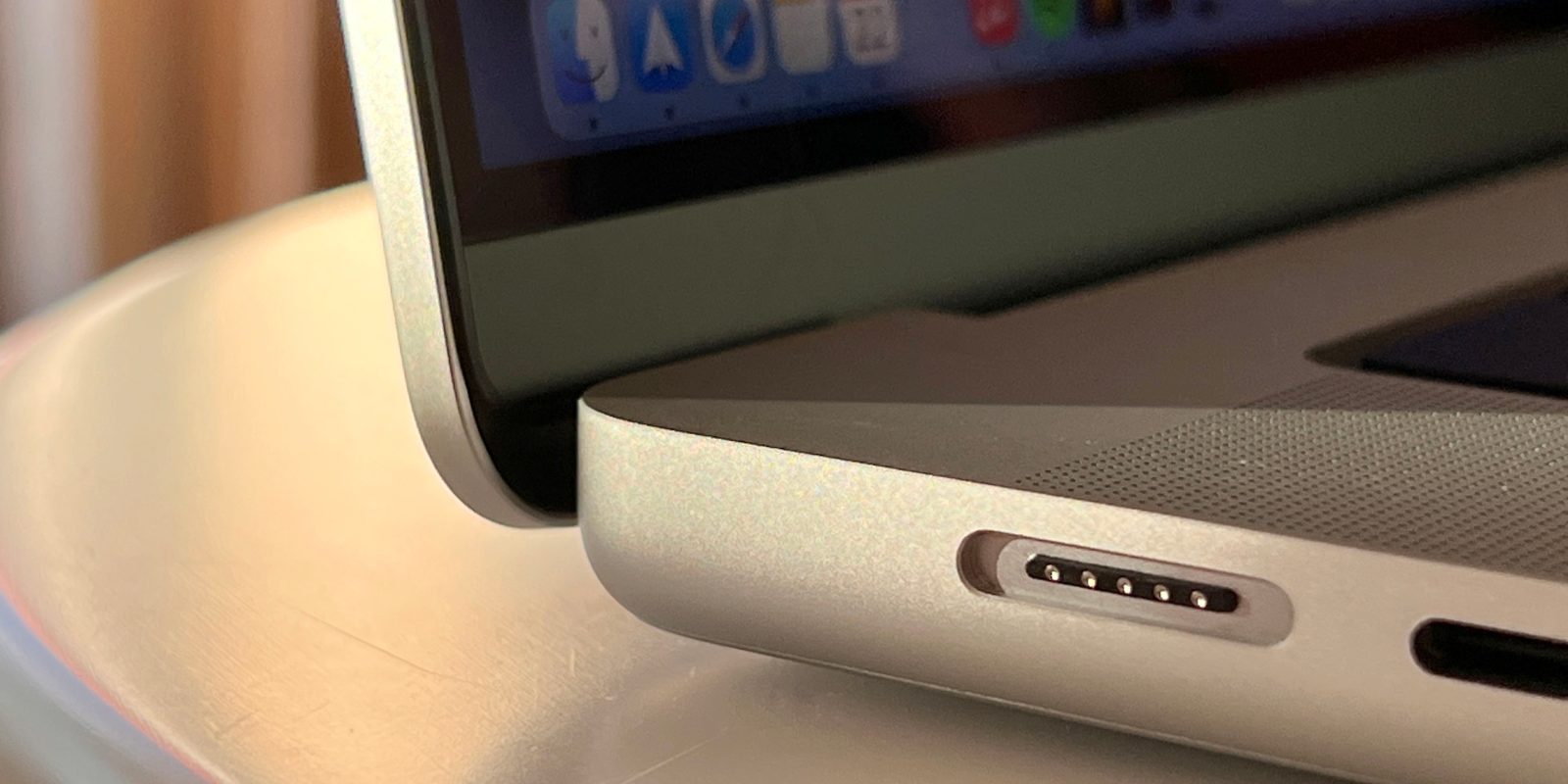
My shiny new 16-inch Apple Silicon MacBook Pro claims two big advantages over its Intel predecessor. First, the performance of the M1 Max. Second, power efficiency, aka battery life.
For my personal usage patterns, the two are quite distinct. The time when I want power is for video editing, when I’ll almost always be sat at my desk hooked up to a large monitor. When I want battery life, my typical usage is very different…
Away from my desk, I’m not generally carrying out demanding tasks. It tends to be mostly writing, with some photo editing – plus the usual web browsing, email, and so on. If I do any video editing, it’ll only be a brief clip montage for social media.
Yet despite the ease of these tasks, my Intel MacBook Pro gave only five to six hours of use. It was more toward the five-hour mark when using the machine normally, and getting closer to six hours if I quit apps not in active use, and took the brightness down a notch from my preferred level.
Apple already said that the M1 chips retain their power efficiency when performing demanding tasks, but what I wanted to know was, What battery life could I expect when using my machine for everyday tasks in coffee shops, and on trains and planes?
That’s important to me for a couple of reasons. First, if I’m working in a coffee shop (as I sometimes do for a change of scenery), whether or not I need a charging brick makes a big difference. It’s less to carry, and gives me more flexibility on where I sit. (I could take an external battery pack, but that’s again more weight to carry and I have to plan ahead to ensure I have one charged, so I’d prefer not to have to do so.)
Second, while trains and planes increasingly tend to have at-seat power, that’s still far from universal. Many routes are served by older aircraft that only have power in premium seats, and I’ve even found myself in premium economy on one of British Airways’ 20-year-old tatty 747s that only had power in business class.
Even where at-seat power is available, it isn’t always convenient. A power cable can get in the way, especially if I’m not able to get a window seat and someone else needs to get past. So a laptop with a battery that can cope with a long-haul flight is much simpler.
It’s not a good idea to run a battery down to zero on a regular basis, but I did so for test purposes. I can report that in circumstances where my Intel machine gave me a touch over five hours – all my usual apps running, and at my preferred brightness level – my M1 Max model gave me 10 hours, seven minutes before it shut down. So, that was still a fair way short of Apple’s claimed 14 hours, but pretty much exactly double the Intel life.
To me, that’s a huge difference. It means that when I’m out and about in London I can leave my power brick at home, even if I expect to be working in coffee shops all day. When traveling, I can top it up in the lounge before before boarding, then use it for as long as I like on board without being dependent on at-seat power.
It’s the difference between a machine that lets me work for a decent chunk of time on battery power, and one that lasts a full day of work. That’s a pretty significant benefit.
That’s been my experience – how about yours? Please let us know how you’re finding the battery life of the Apple Silicon MacBook Pro models.
FTC: We use income earning auto affiliate links. More.



Comments